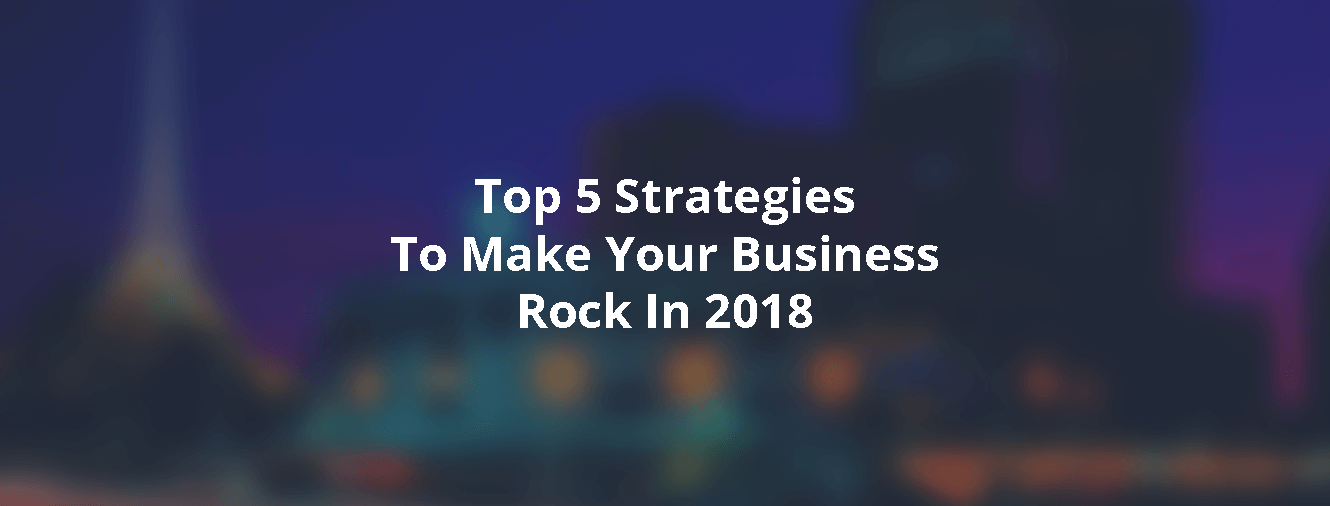
The desire of any successful business owner is to continuously grow their revenue. However, this is easier said than done. It is a great challenge for many businesses. In fact, a survey of small business owners revealed that 45% of them specified that their biggest challenge was growing revenue.
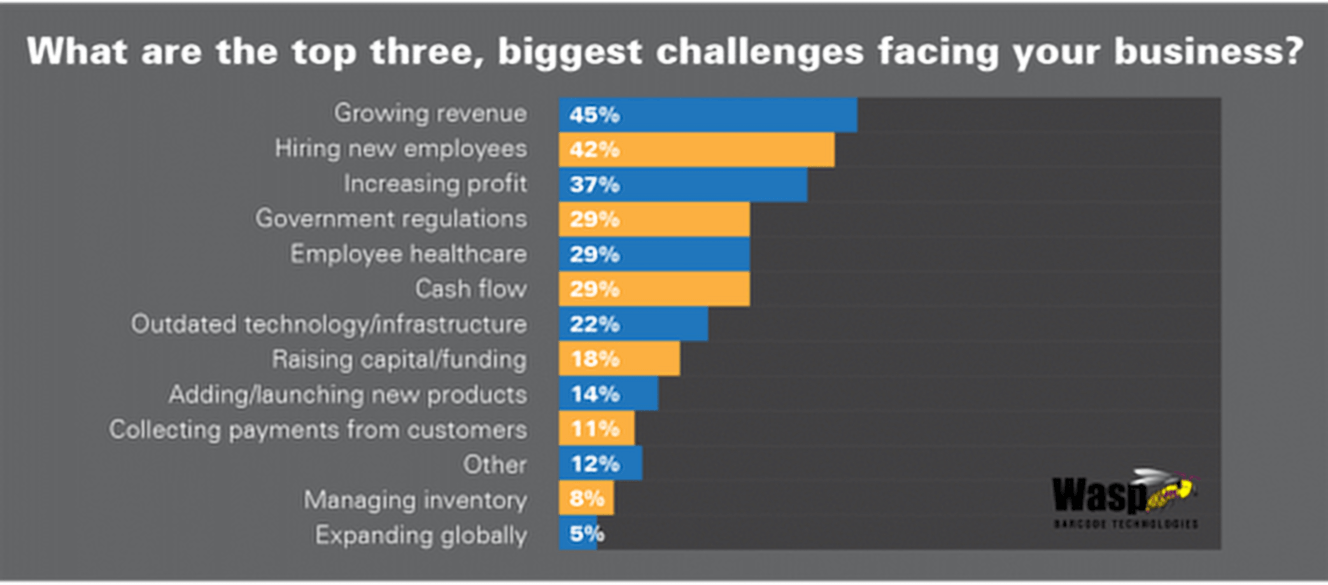
One way to continuously generate revenue for your business is to use solid lead generation strategies.
Lead generation is an efficient way to generate leads, customers and also retain them. That is why 58% of marketers say their lead generation budget will increase in the coming year.
So, what is lead generation?
Lead generation is the marketing process of enticing and capturing the interest of prospects in a product or service to develop a sales pipeline.
Having a solid lead generation strategy is very important because 94% of b2b buyers carry out some research online before making a purchase.
However, lead generation is far from being a straightforward strategy. According to Holger b2b lead generation report, most marketers are not satisfied with the result they are getting. A whopping 80% report their efforts are only slightly or somewhat active, 16% rate their efforts as very or extraordinarily adequate and 4% say their lead generation programs as not effective at all.
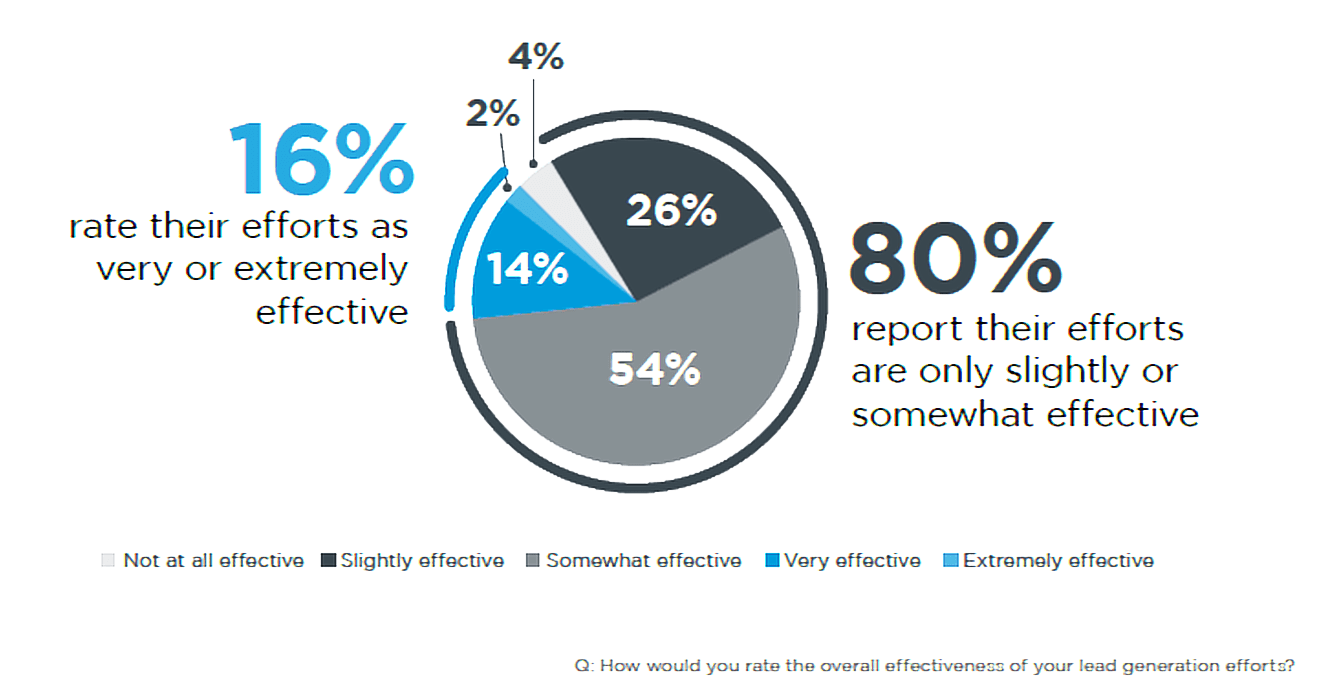
So, how do you create effective lead generation strategies that work?
In this post, you will learn how to use top five (5) strategies to make your business rock in 2018.
1. Landing page
Creating landing pages for your product or service is an effective way to generate massive leads. In fact, 68% of b2b companies use landing pages to generate new leads for their sales team. However, creating landing pages that will convert is an art and a science. Let’s take a look at the components you need to put together to create a converting landing page.
a. Offer a free resource
Everyone loves free stuff. One way to entice your audience to sign up to your list is by using a free resource such as an e-course, report/whitepaper. E-Books, guides, podcast, checklist, webinars, presentations, consultations, etc. The free resource you are giving away must be relevant to your target audience, and it must meet their needs.
b. Use relevant form fields
You must be careful when selecting the number of form fields you want your prospects to fill on your landing page. If it is too much, it can be discouraging to fill. It should not be too short so that you will be able to collect relevant information. According to a research, shorter forms tend to perform better than longer ones.
In a test carried out by Marketingexperiements.com, three forms with nine, seven and five fields were tested. The shortest form outperformed the rest.
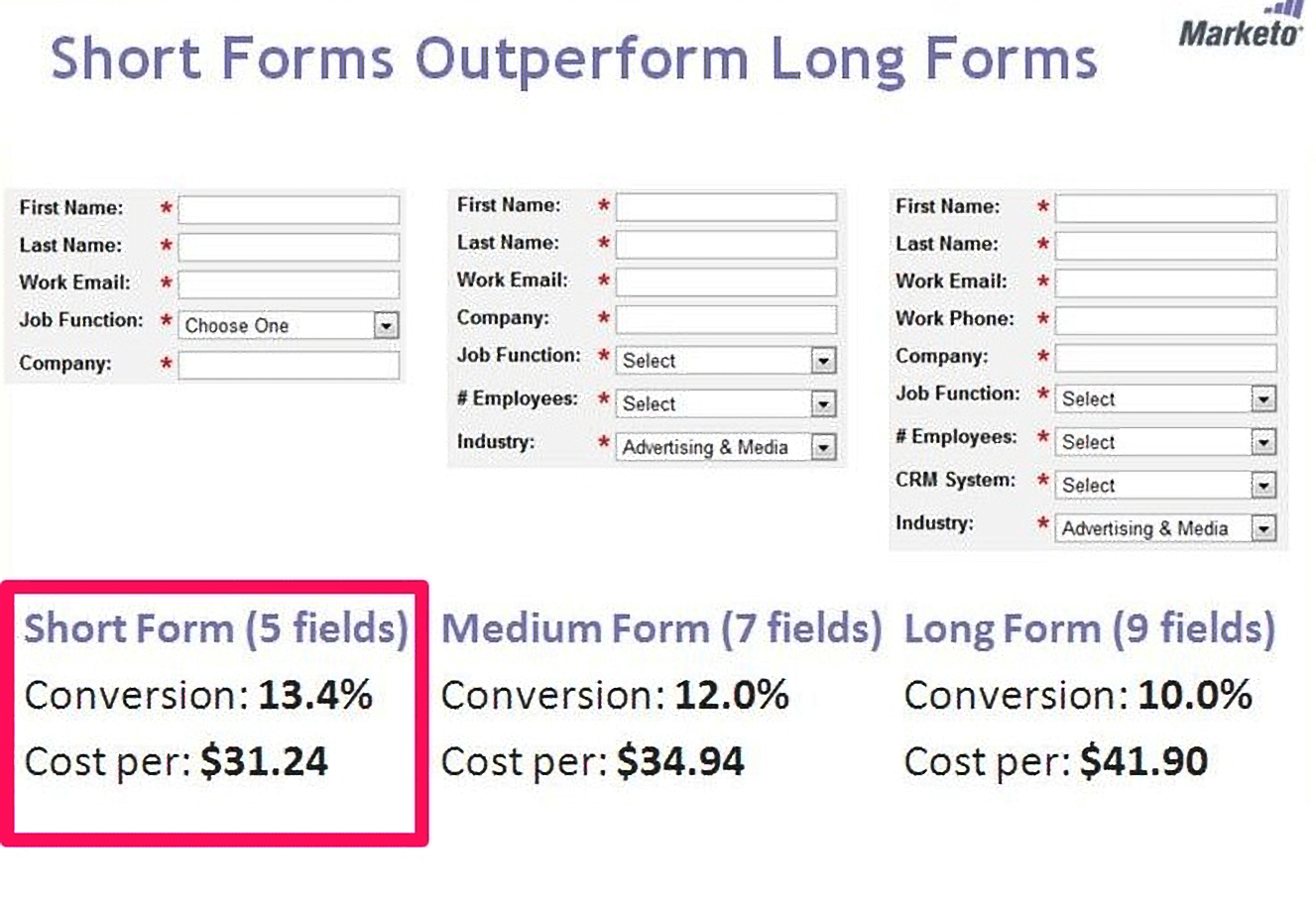
c. Use an enticing headline
Your landing page headline must match with the message of the page. It must entice your audience to read the message.
d. Add trust elements
Adding trust elements to your landing page helps people to believe your word and trust your brand. Trust elements include anti-spam statement, testimonials from past clients, social proof, media mentions, customer logos, content previews, etc.
e. Add images
Images are an essential element on a landing page. It is a known fact that humans respond faster to images rather than texts messages. In a survey carried out by Hubspot, it was revealed that 10% of the people surveyed remembered what they hear, 20% recalled what the read while 80% remembered what they see and do.
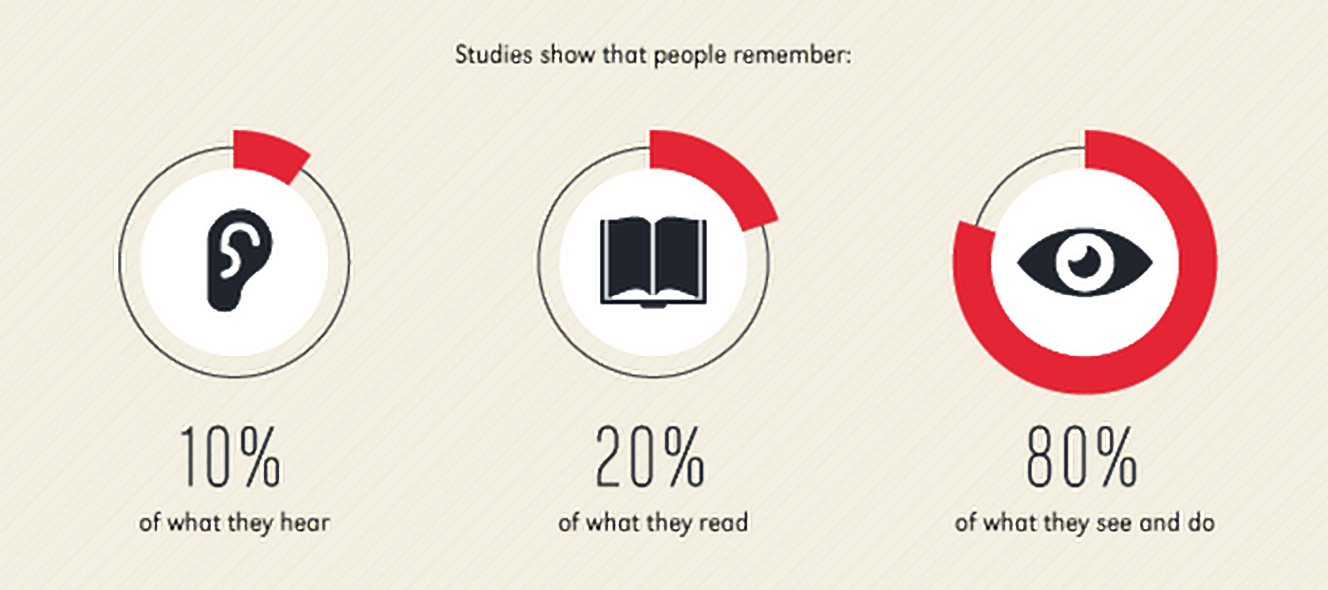
The image on your landing page must be relevant to your message and your business.
Check out the landing page of Airbnb below:

The image on the landing page depicts what Airbnb does – to host travellers in various homes.
f. Add an actionable CTA
Your call to action button must be actionable, enticing and descriptive. To make it persuasive, use words like “Get, “Try“, “Now” or “Today”. Check out an example of an actionable and descriptive landing page CTA below.

g. Test your landing page
You need to run an A/B test on your landing page to know what works and what does not.
2. Webinars
Webinars are a good strategy for B2B lead generation. According to a survey report by Readytalk, 62% marketers use webinars to prospect or nurture leads, 49% said 20-40% of their webinar attendee turned into qualified leads and webinars average 42% registrant to attendee conversion.
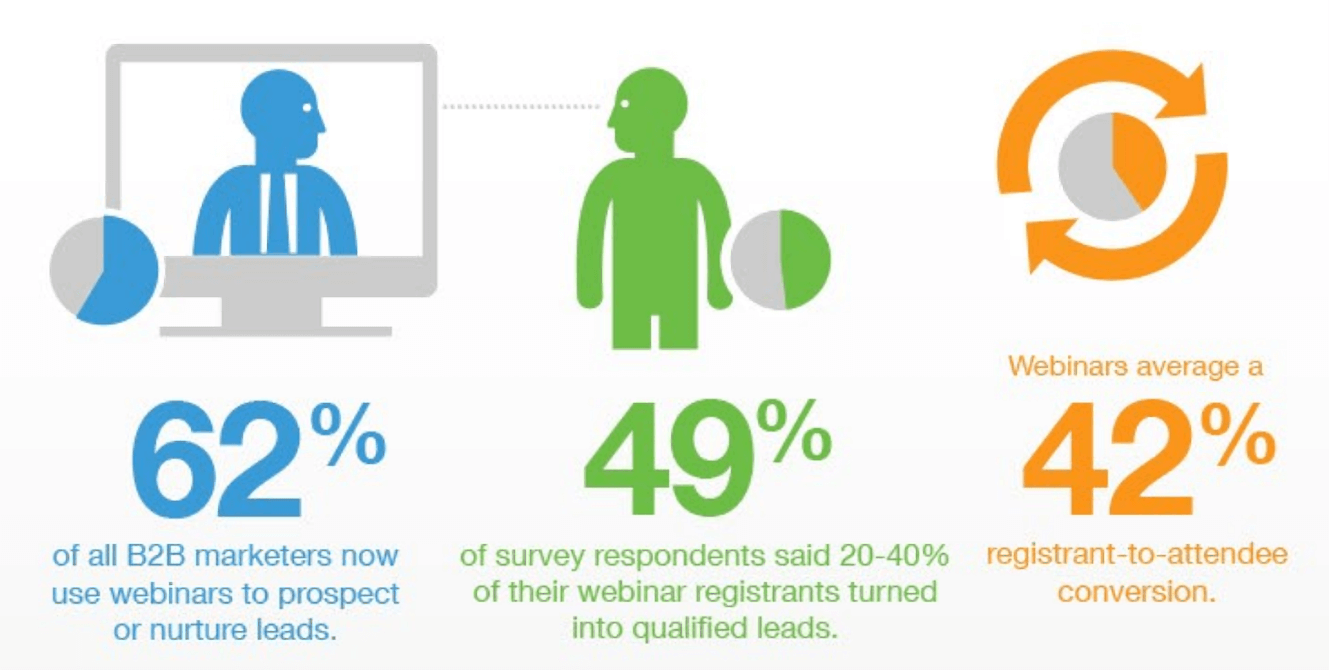
That is not all!
Leads generated through webinar are of higher quality, and they are more engaged.
A research report revealed that 62% of the businesses surveyed chose webinars as one of the best ways to generate engaged leads.

Webinars are cheap to organise. People can sign up from anywhere in the world to register. It has no geographical boundaries.
Want to create a converting webinar? Follow the steps below:
a. Preparing your webinar
Before you start creating your webinar, you need to know your audience very well. This will enable you to create content that will add value to them specifically. Your content should educate them and help to solve their pain points.
There are different forms of webinars, such as question and answer webinar, educational webinar, demo webinar, etc. Choose an appropriate type of webinar that will be suitable for them. Also, select the right platform to deliver your webinar. There are few you can check out, such as GotoWebinar, Zoom, Meetingburner, Webinarjam, etc.
b. Promote your webinar
Once you finished creating your webinar on your preferred platform, it is time to start promoting it. Send email invitations to your email list. You can spread it by sending it 7 and three days to your webinar and on the morning of the webinar.
As the date of the webinar draws close, the webinar registration rate will increase. Promote it on your social media networks. Use Facebook ads and Google AdWords to get more participants. You can also use your blog posts and newsletters to promote it.
c. During the webinar presentation
During the webinar presentation, add surveys, polls, exit surveys and follow up emails to increase engagement. Ensure that you keep the details of attendees.
d. Post-webinar presentation
After the webinar, send the link to the recording to all attendees and encourage them to share it with their network. Post the recorded webinar on your website to help new visitors to watch it. You can also post it on third-party video websites to further generate leads for your business.
An excellent example of a company that does this well is Leadpages. They created 200 webinars in 2014 and saw a 30% conversion rate from attendees to new customers. Below are some of their recorded webinars.
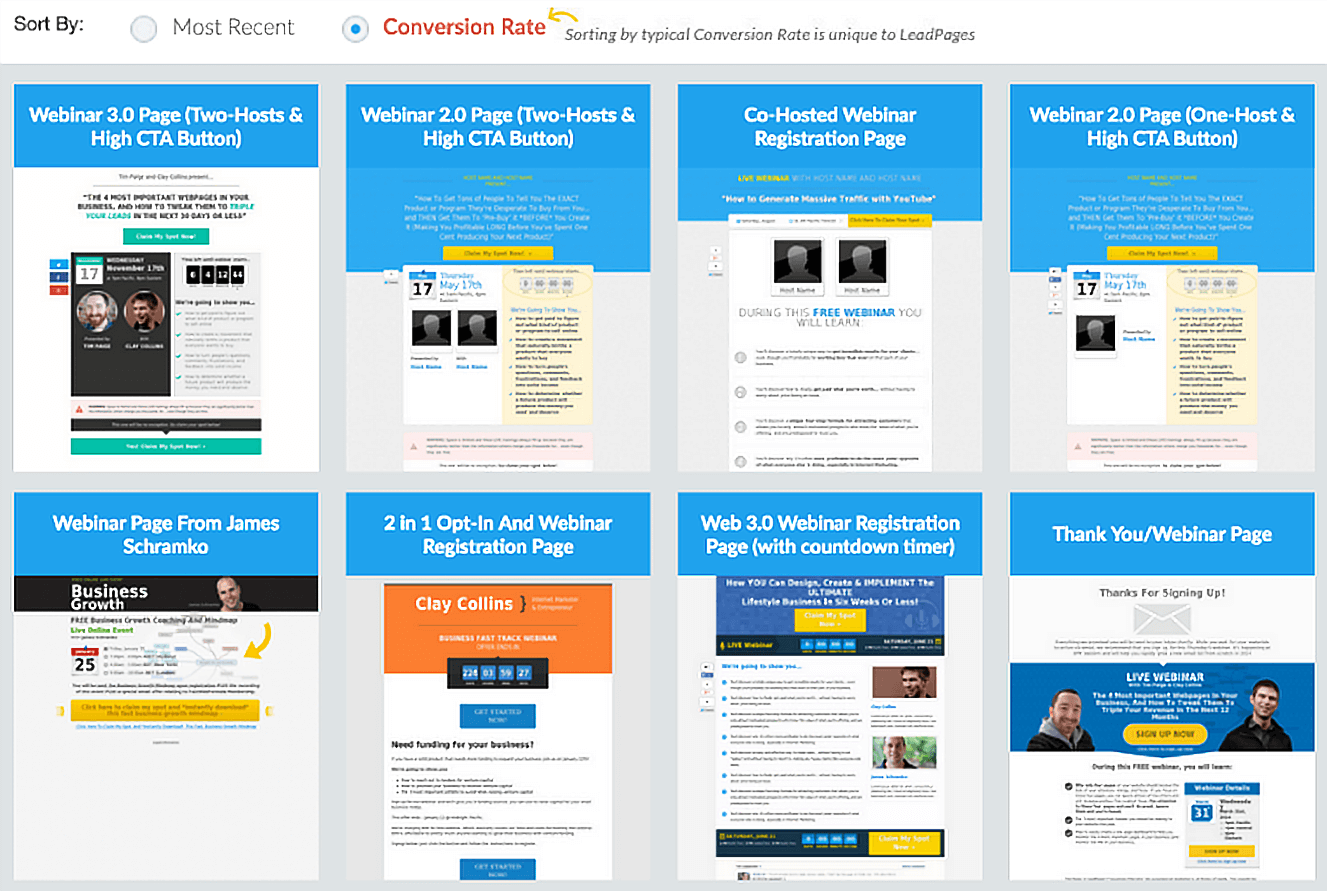
3. Email marketing
Email marketing is an excellent source of lead generation for companies. It has an ROI of $38. It is 40 times more effective at acquiring new customers than Facebook or Twitter. In other words, email is still THE most important way to building relationships with prospects, leads, current customers and even past customers.
A report carried out by Ascend also revealed that email marketing is one of the most effective online tactics used for lead generation.

Below are four ways you can create an effective email marketing strategy:
a. Use enticing, clickable subject lines
An effective email subject line should be actionable, enticing readers to click. It should be personalised to respective readers. Test your headlines to know what works for your product or service.
b. Make it concise
Don’t make your email bulky. It can be discouraging to read. Make it short and to the point. The purpose is to get your readers to take action. Therefore, the email content needs to be brief, engaging and actionable.
c. Use actionable call to action (CTA)
Use an actionable and compelling call to action that will invite your readers to click. Add a link to your blog content or to a landing page that offers shareable content. Ensure that the CTA is simple and clear.
d. The Offer
If you want your email to generate leads, you have to entice your subscribers with free resources. The resources must be valuable and useful to your audience.
Once you generate leads with quality emails, you need to nurture them by creating series of follow up emails that can move them along the sales process.
When done correctly, email marketing can be a useful lead generation strategy and sales channel for your business.
4. Content Marketing
Content marketing is a great way to generate leads for your business. This is the reason why 89% of b2b marketers are using content marketing for their business.
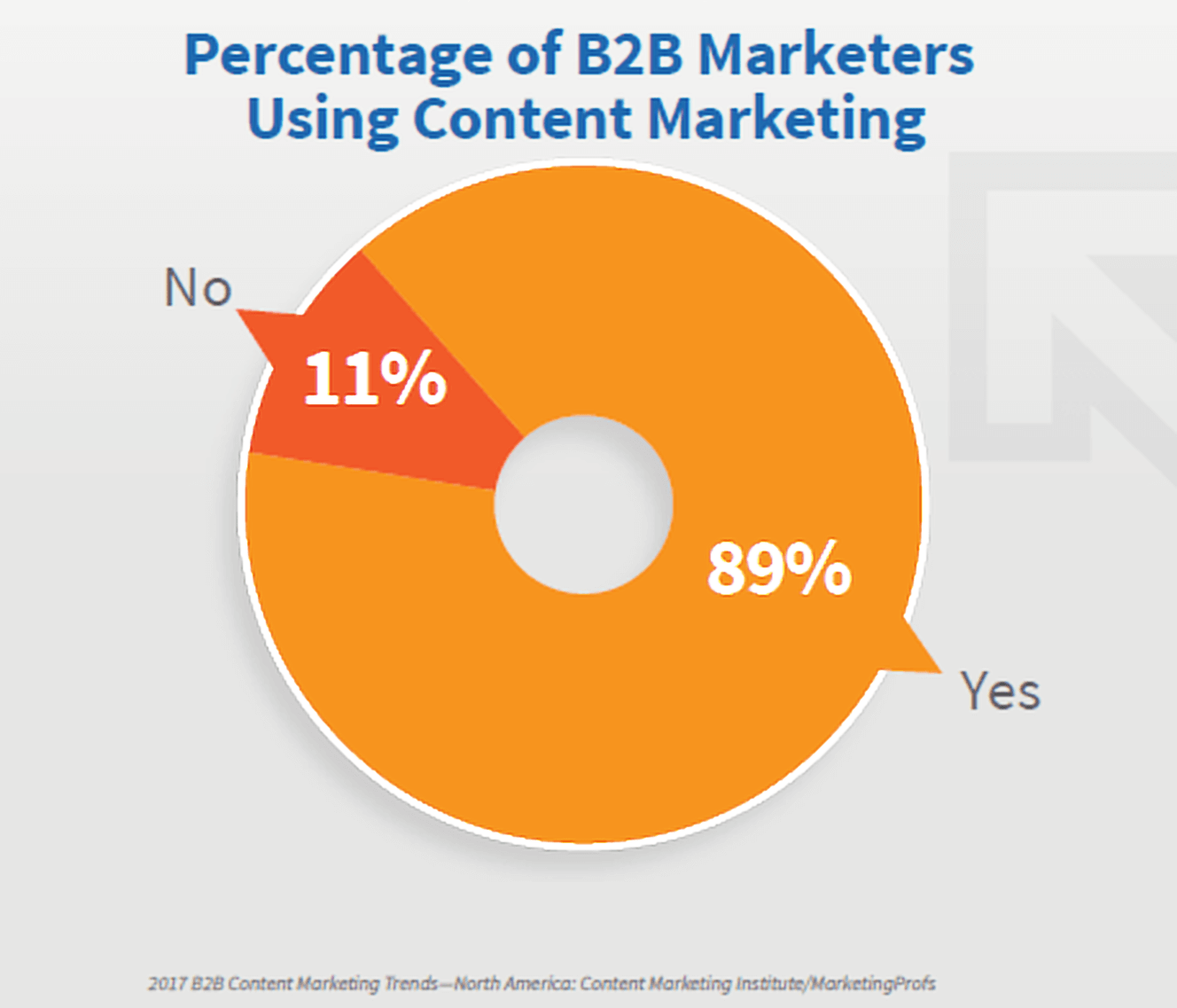
There is more!
A study carried out by Impactbnd revealed that B2B marketers who use blogs generate 67% more leads per month than those who do not.
According to Demandmetrics, content marketing costs 62 percent less than traditional marketing, and it generates three times as many leads.
Although content marketing is very effective, its success depends on providing a continuous stream of high quality, fresh and engaging content focused on your audience.
Such content drives leads and engages your audience to the point that they keep coming back for more.
Some content performs better than others. Below are a few ideas of content types that can help to generate leads according to the CMO Council.
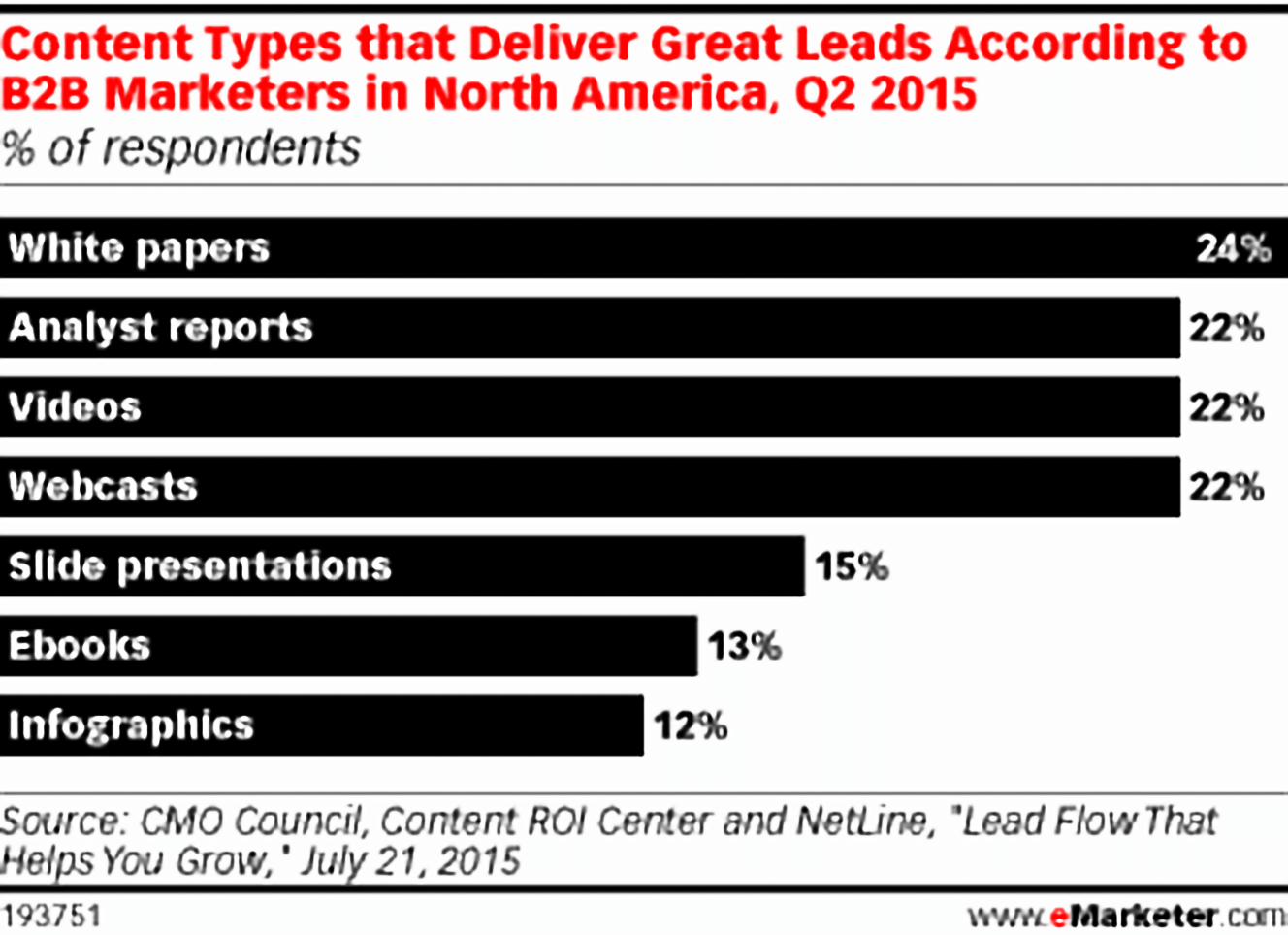
a. Whitepapers
White papers are long-form content written on a specific topic. The tone is more formal than a blog post, and it is well designed. To create a white paper, combine top performing blog posts on a particular topic.
Give it a catchy, descriptive and enticing title. Ensure that it provides value to your audience so that you can help them to trust your brand.
White papers should be fact-based, insightful and authoritative.
b. Analyst reports
Analyst reports are a suitable content type to generate leads for your business. The good thing is, you don’t have to employ an analyst or strategist to create it for you. You can create one by merely conducting independent research and then publishing your findings.
Most people love data that supports industry trends, so you already have an audience that will consume and help share it with you. Buzzsumo creates some good analyst reports in 2017. A good example is “we analysed 100 million headlines. Here’s what we learned (New Research)”.

c. Webinars
Webinars are a great way to get leads. It is good for the awareness and consideration stages of the buyer’s journey. The topic is covered extensively above.
d. Videos
Videos help you to humanise your brand and build a personal relationship with your prospects. This way you can quickly generate leads and turn them into potential customers. You can create videos for your product demos, customer stories, presentations, interviews, etc.
e. Slide presentations
Slideshare is an awesome resource you can use to generate leads for your business. Your lead generation presentation should be short – at least three-four minutes long. You can embed it on your blog or website and share it on the social media network.
f. E-books
E-books are a great resource for lead generation. It gives you a great opportunity to give valuable content that your audience can easily digest. It is easy to create. You don’t have to start it from scratch. You can combine several posts on the same topics to create it. Ensure that the e-book is valuable. It should address one topic that your audience cares about.
g. Infographics
Infographics are popular, and people share it all over the internet. You can create a narrative about industry trends, key takeaways from an industry report or industry statistics. They are easy to share, and they are great for PR because they can go viral. You can use Canva, Visual.ly, Picktochart, and Venngage, etc.
5. Facebook Lead ads
As a business owner or marketer, it is your job to search for your audience where they are spending time the most. This will enable you to attract them to your products or service. One of such places is Facebook.
Why Facebook, you may ask.
As at the third quarter of 2017, Facebook had 2.07 billion monthly users.
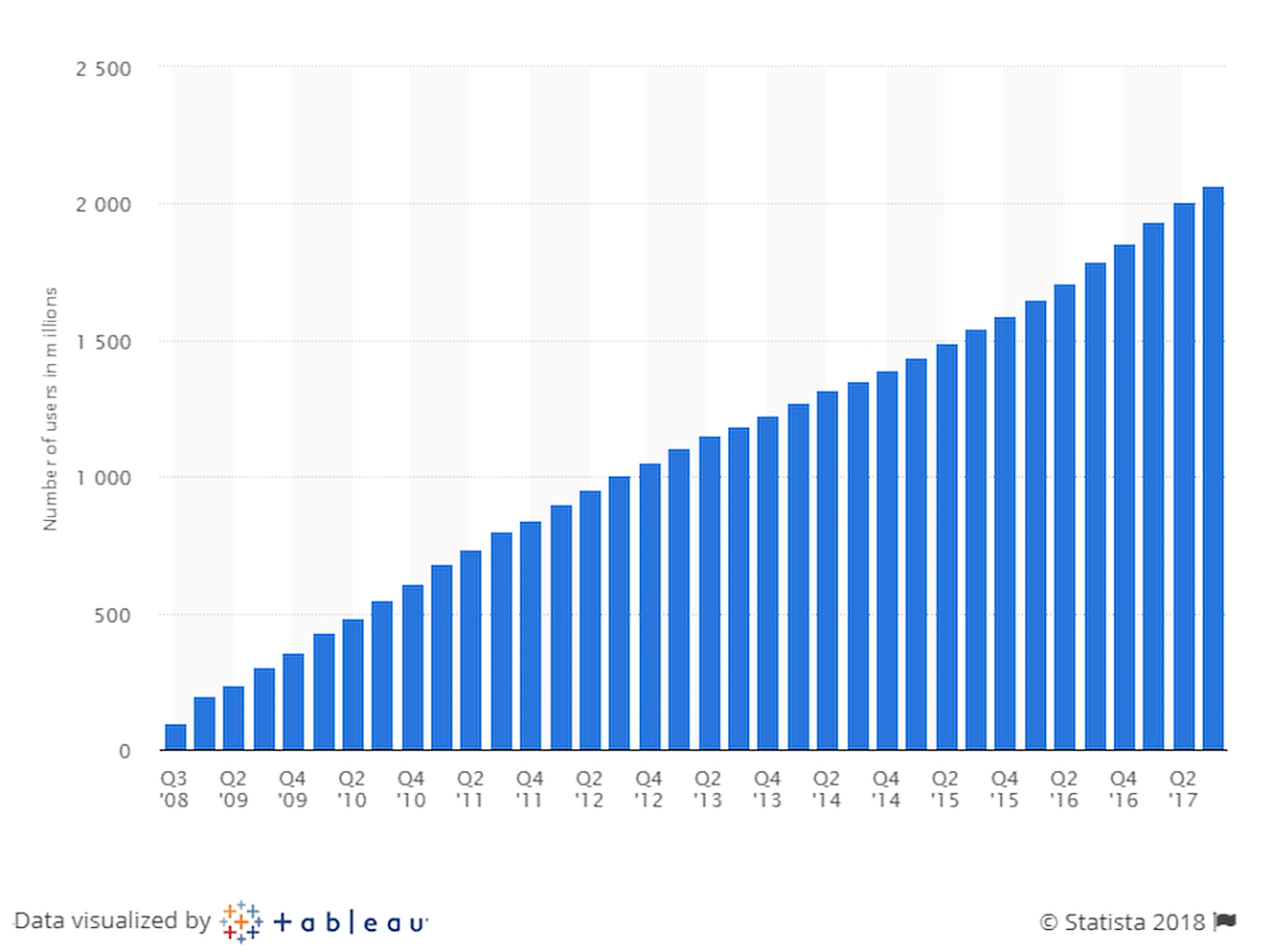
According to Mashable and Statista, most B2B and B2C marketers use Facebook the most.

This is because it is an effective lead generation platform.
This, makes Facebook an excellent platform for businesses to attract leads and customers. One way you can maximise your lead generation through the platform is by using the Facebook Leads Ads.
Facebook lead ads are the type of ads you can purchase through the Facebook for Business platform. Instead of directing users to a landing page on your website, Facebook lead ads will allow them to access your offers without leaving the Facebook platform.
This means that you can get your users details from the Facebook platform easily. With the lead ads, users can sign up for your offers such as E-books, pricing guides, white paper, product demos, free trials etc. Users can submit their details through an auto-fill form without leaving Facebook. This helps you to get qualified leads on the platform.
Once you set up the ad through the Facebook’s ads manager or power editor, you can design your ad the way you want. Facebook will then show your ads to your potential customers. It is shown in the news-feed as a sponsored post. Once, the user clicks on it; they are taken to a prefilled form, where they need to edit the information before submitting it. When the form is submitted, you will receive user’s data and nurture them to become customers.
Below is an example of a Facebook lead ad from Leadsbridge.
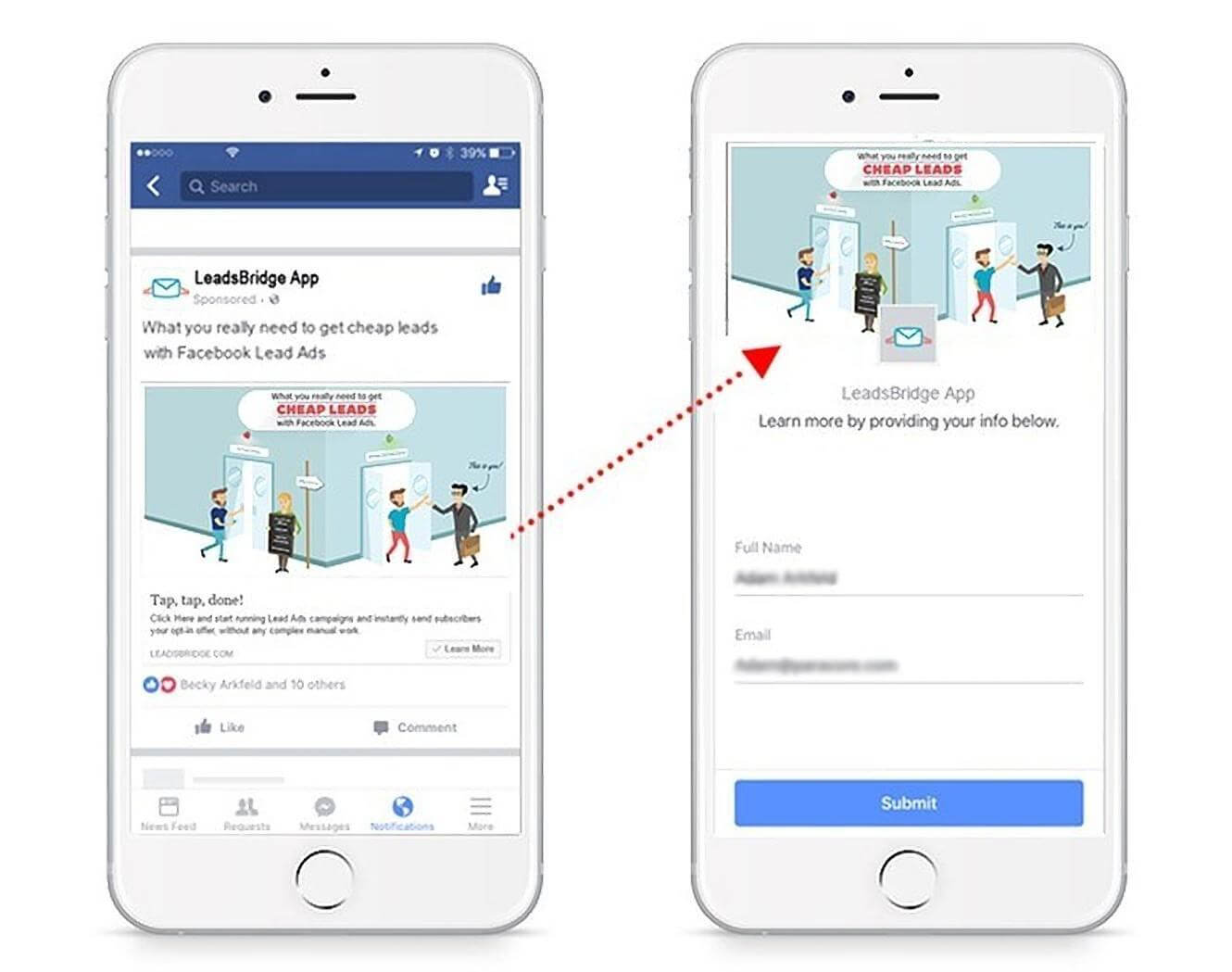
Lead generation is not rocket science, all you need is to follow working strategies as shared above. You can use Landing pages, Webinars, Email marketing, Content marketing and Facebook leads ads to generate a massive lead for your business.
With these strategies, your business will rock in 2018.
Have you tried any of the above strategies before? What was the result? Share with us in the comment section below.
 This is a guest post by Mark Cirillo, Mark is a Growth Hacker at LeadsBridge.
This is a guest post by Mark Cirillo, Mark is a Growth Hacker at LeadsBridge.
A suite of automation tools for Facebook Advertisers. Eager digital marketer, nurtured by news and strategies of this world, helping people and businesses to build and reinvent their online presence.

